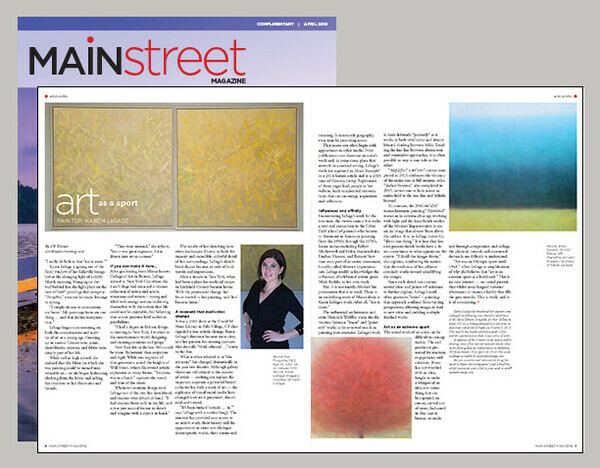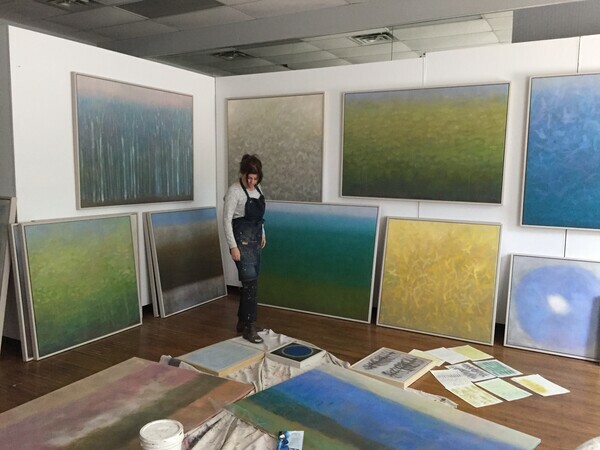| HOME | | | ABOUT | | | PAINTINGS | | | RECEIVE MONTHLY IMAGES | | | CONTACT |
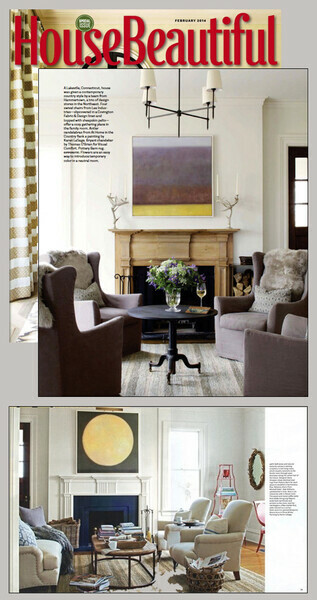
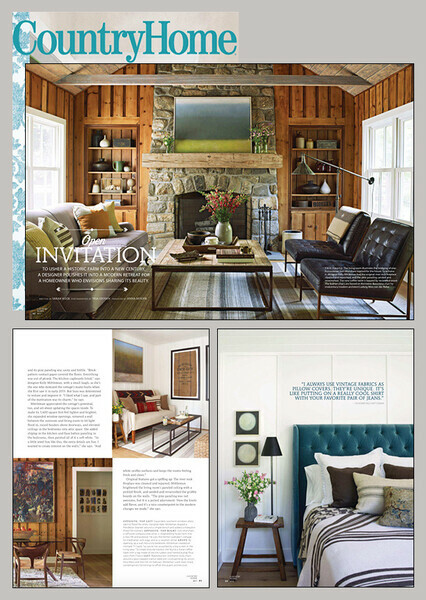
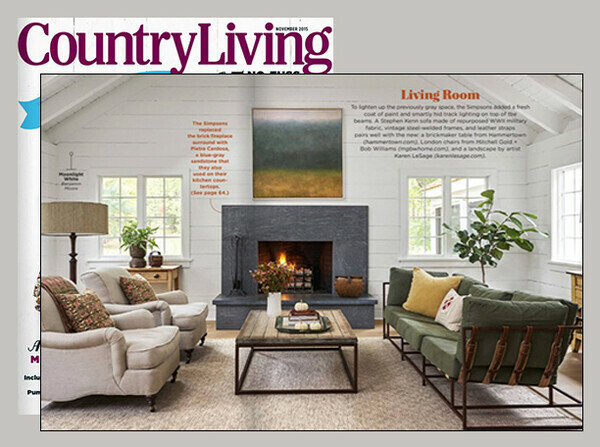
KAREN LESAGE
Interview by Kimberly Rawson, ARTFUL MIND magazine
Were you always interested in art? Yes. I grew up drawing, painting, cutting and pasting. I went to art school but did not pursue painting as a profession until much later. I chose clothing design as my concentration at the time because, at age 17, I was already making a business of it. In high school I sewed shirts from hand-painted fabric and sold them to my friends. My entrepreneurial streak showed up early. I moved to New York after college and designed clothing and props for the entertainment industry. This led me to fascinating places and people and was an important part of my education. I always painted when I was out of town. I eventually began spending weekends in Litchfield County and when I moved there full-time, painting took over. I am glad I studied design alongside fine art.
Where are you from originally? Tell me about your background. I come from a small town in eastern CT. Although I did not have much exposure to “the arts’ in a formal sense, it was a vibrantly creative environment. My father designed and built houses. My mother wrote stories and sewed chic dresses for us to wear. My brothers were musicians. My grandmother grew elaborate gardens, refinished furniture and made curtains for every season. They spoke French, and to this day, hearing the French language sparks all kinds of creativity.
Were there certain experiences that stood out? My friend Andrea’s parents had modern art in their house, which expanded my imagination. In the kitchen was a Matisse-esque painting of Andrea and her sister in colorful dresses. It barely resembled them, and was clearly infused with the personality of the painter. It was very large and vertical and the paintstrokes chunky and free. I was fascinated by it. To this day I still think about that painting.
Have you had any mentors along the way? My high school art teacher, Alex Caserta, was an important advocate. My aptitude tests indicated that I should pursue engineering. When I told my guidance counselor that I wanted to go to art school, she was concerned and called a meeting with my mother. Mr. Caserta helped me with my application and portfolio photos. I don’t know that I would have gone to art school without his support.
I am also grateful to the painter Ira Barkoff. Around the time I began painting more seriously, I enrolled in his classes. I was the youngest student and he was very generous to me. He recognized my strengths and helped me develop them. He encouraged me to submit work to a commercial gallery long before I thought I was ready. I have been exhibiting ever since.
Interestingly, these two men resemble each other physically. If I were casting a movie of my life story, I would cast the same actor in those two roles. He would appear at each crossroads and set me on the right trajectory.
Are there any historical or contemporary artists that you specifically admire? I consider myself a student of painting, and at any given time, I am investigating the work and lives of certain painters. Agnes Martin and March Avery amaze me. Painting is a solitary endeavor, and reading about the experience of other artists helps keep things in perspective.
How would you describe the style of your paintings? I am consistently pulled toward full abstraction, but am intrigued by walking the line between worlds. It mirrors the human experience, as conceptual creatures living in a physical world. It’s a delicate situation. I am a minimalist, abstract expressionist disguised as a landscape painter.
What are your favorite things/places to paint? The Berkshire Mountains continually inspire. They provide color displays that change by the season, the day, the hour. I would like to visit other mountain ranges and paint them.
Your career has gained momentum in recent years. What has changed for you as an artist with this level of recognition? I am continually in awe of the way a creative pursuit grows on its own if it is tended to. Unseen forces are always at work. The ‘sudden success’ was a long, continual process of getting ideas that intrigue me, wondering if they are crazy, and doing them anyway. No matter how much attention the work gets, my day is basically the same: Get up and go to the studio. But now I get to use better paints.
Do you try to make a statement with your art? In art and in life, I discover a quiet power when I eliminate the non-essential. Clear the clutter from your house and you will see what I mean. The greatest songs and poems use words sparingly and precisely to great emotional effect. Less is more. Except, of course, when more is definitely more.
What advice would you give a young artist just starting and wondering where to begin? Cultivate the ability to hear the great ideas that arise and act on them as soon as possible. It will be inconvenient. Even projects that end in disappointment develop the habit of “honoring the muse.” When work is done consistently, the muse considers you a worthy place to send the really good ideas.
v